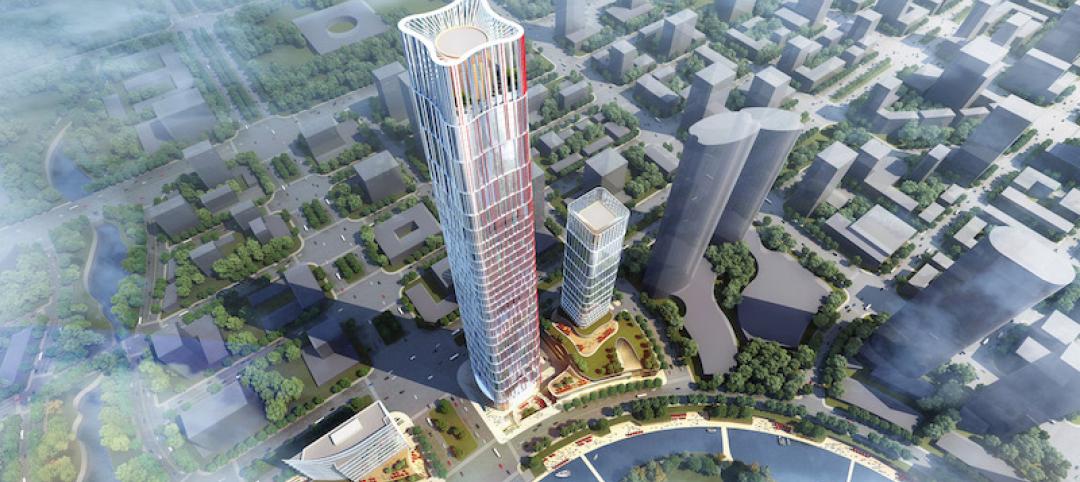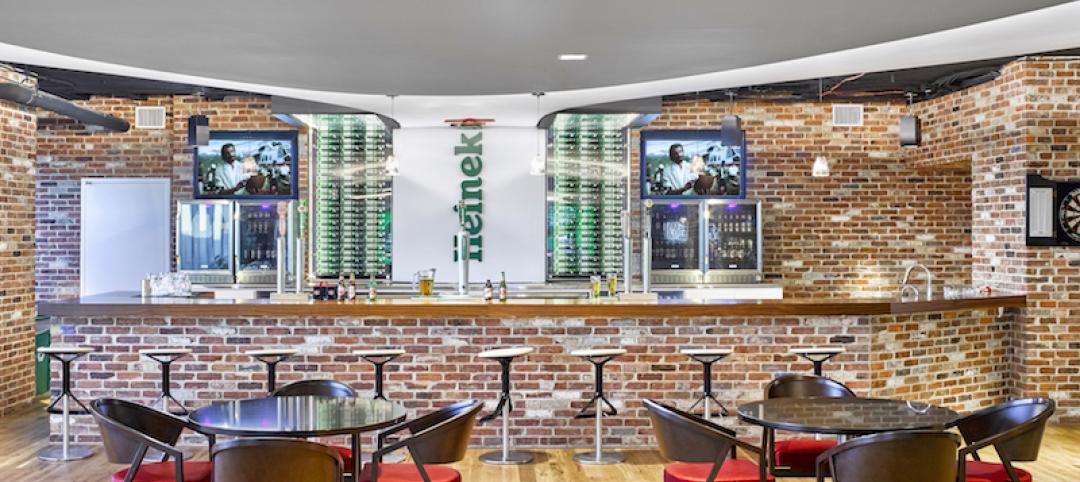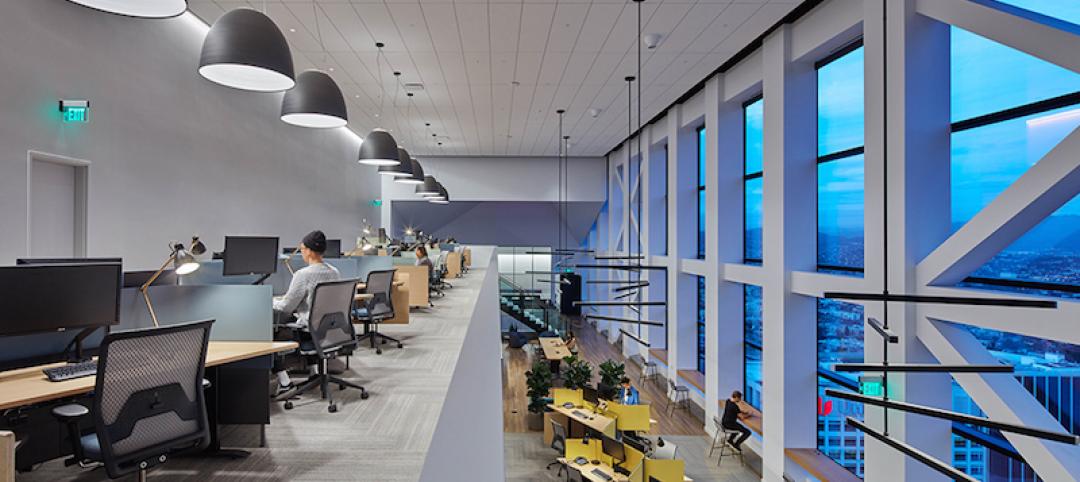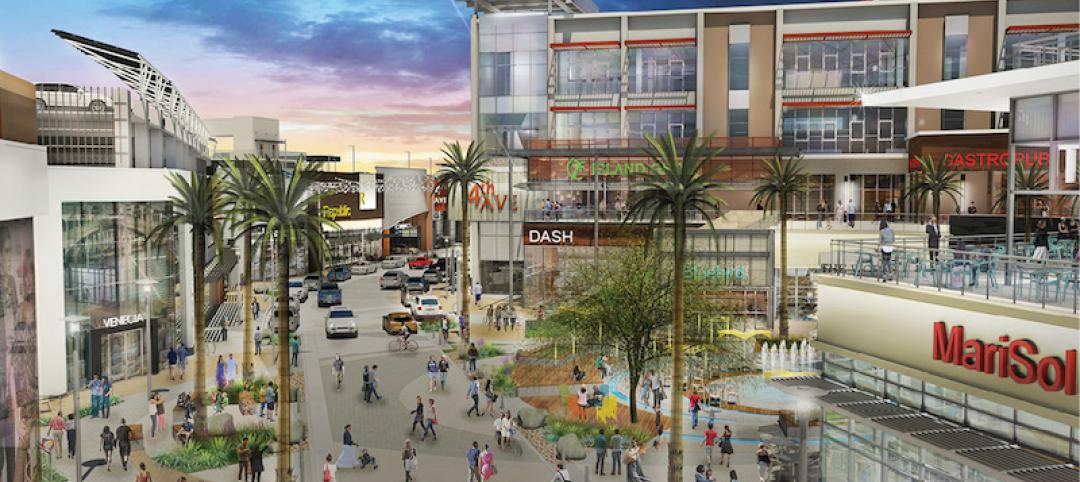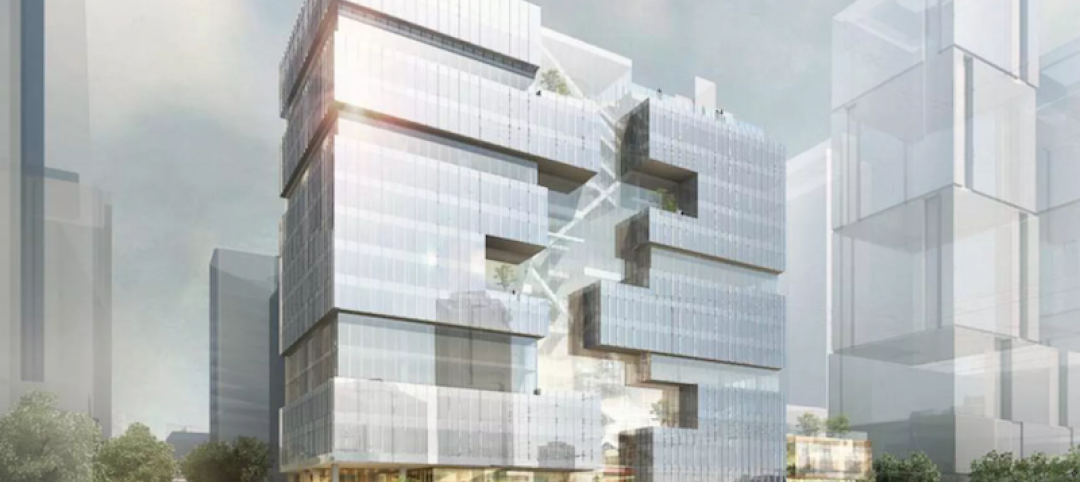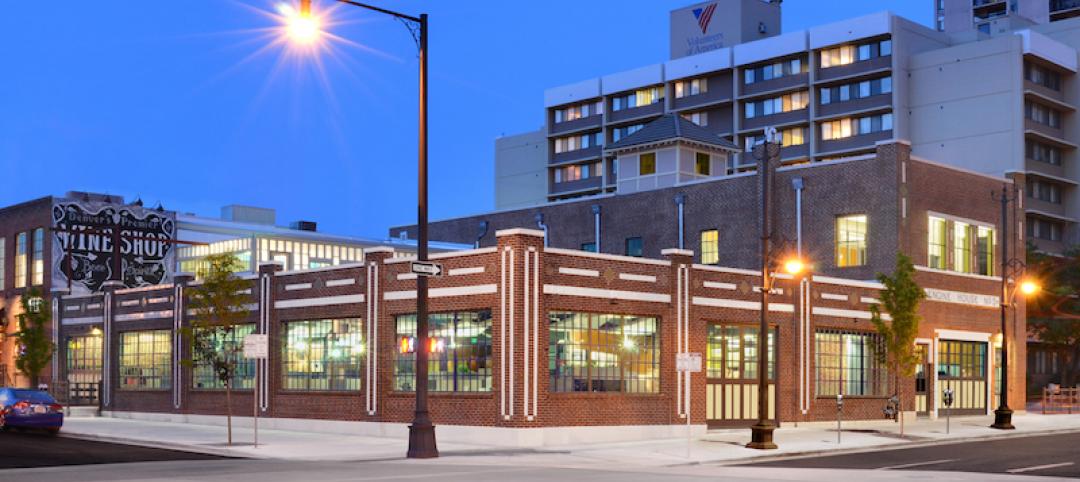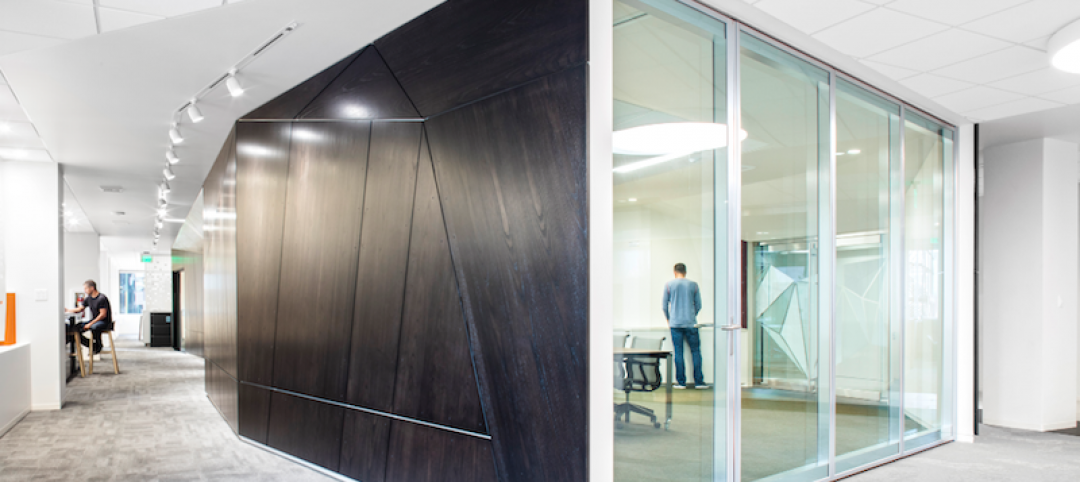Employees place more value on physical elements that support well-being and convenience—such as natural light, views of the outdoors, and food—than on “service” amenities like fitness centers and onsite childcare.
That’s one of the findings of a new survey that examines how workplace experience can boost employee engagement. CBRE’s Workplace practice analyzed responses from more than 1,600 employees in the U.S. and Canada to gauge aspects of the work environment that impact their employee experience.
Future Workplace, an HR advisory and research firm, conducted the survey in partnership with View Inc., a technology company that focuses on creating smart and connected buildings. They sent the survey to employees of all ages, ranging from Generation Zers (4%), millennials (40%) and Gen Xers (38%) to baby boomers (17%) and even the Silent Generation (less than 1% of responses).
There was only marginal generational variation in workplace dissatisfaction levels. Indeed, the majority of those polled (71%) report feeling involved in and enthusiastic about their work and organizations. More than half (57%) said they would recommend their company to someone seeking work.
But the survey wondered just how deep this enthusiasm is, especially when 51% of respondents exhibit low engagement (at best, they are neutral about their workplaces), and 35% exhibit only moderate engagement.

The survey shows that a sizable portion of workers still aren't all that satisfied with their workplace's flexibility or amenities.
The most valued perks or amenities in offices include view of outdoors and natural light (which 53% of respondents cited), an onsite café (44%), a kitchen (37%), and open office space (28%). “Integrated strategically, food is a key element of fostering community and culture within an organization,” the report states. There are also any number of variables that can impact employee engagement, including trust in management and its willingness to listen to new ideas, shared values, opportunities for career advancement, leadership support, and workplace flexibility.

Regardless of how tech savvy they are, employees still want simplicity in the digital tools they use at the office.
The results of the survey reveal that to drive increased engagement and organizational impact, workplace investment should target creating an emotional connection between employees and their employers. When leveraged, the physical environment provides an opportunity to reinforce these emotional elements of workplace experience.
“Trust is reinforced by environments that make employees’ impact and work processes visible. Values are signaled by space allocation hierarchy and investment in experiences that support culture, well-being and ease of work,” says Nina Charnotskaia, Senior Director of CBRE’s Workplace practice.
The survey confirms a trend that’s been happening for a while in workplaces across the country: The office is no longer simply a place for work; it is a destination where employees connect, feel a sense of community, understand organizational objectives and feel their impact on a greater whole.

This “Opportunity Matrix” prioritizes investments toward employee engagement.
CBRE created an “Opportunity Matrix” to guide companies’ prioritization of investment for impact into four actionable quadrants: Improve, Transform, Maintain, and Nurture.
For example, the “transform” quadrant highlights the most impactful elements of experience, including trust in leadership, opportunities for professional development, and experiences that drive organizational culture. These elements need investment to achieve their greatest potential in transforming engagement.
The “nurture” quadrant suggests that employees already feel recognized, supported and valued at work, and they are engaged as a result. These experiences must be nurtured and held to the standards employees are accustomed to or they could challenge engagement in the future.
Treating the workplace as a tool that reflects and supports organizational values changes the priority of certain workplace investments. Commercial real estate leaders must understand what each investment decision is “saying” to employees and optimize it for the intended message.
“If senior management can impact employee engagement positively, it can influence better recruitment and retention of talent,” says Damla Gerhart, Senior Managing Director of CBRE’s Workplace practice.
Related Stories
High-rise Construction | May 23, 2017
Goettsch Partners to design three-building Optics Valley Center complex
The Chicago-based firm won a design competition to design the complex located in Wuhan, China.
Office Buildings | Apr 18, 2017
Heineken USA Headquarters redesign emphasizes employee interaction
An open plan with social hubs maximizes co-working and engagement.
Office Buildings | Apr 17, 2017
Vertical integration triggers growth for an L.A.-based office furniture provider
Customization and technology drive sales for Tangram Interiors.
Market Data | Apr 13, 2017
2016’s top 10 states for commercial development
Three new states creep into the top 10 while first and second place remain unchanged.
Office Buildings | Apr 10, 2017
Innovation lab makes developing eye care solutions a collaborative affair
The Shop East innovation lab presents 13,500 sf of workspace across two floors with an emphasis on collaboration.
Mixed-Use | Apr 7, 2017
North Hollywood mixed-use development NoHo West begins construction
The development is expected to open in 2018.
High-rise Construction | Apr 4, 2017
Fifth tallest tower in the world opens in Seoul with the world’s highest glass-bottomed observation deck
Lotte World Tower’s glass-bottomed observation deck allows visitors to stand 1,640 feet above ground and look straight down.
Office Buildings | Apr 4, 2017
Amazon’s newest office building will be an ‘urban treehouse’
The building will provide 405,000 sf of office space in downtown Seattle.
Standards | Mar 29, 2017
Wellness movement is catching on with AEC firms
Hord Caplan Macht the latest to join the club by submitting its offices for certification under Fitwel’s program.
BIM and Information Technology | Mar 28, 2017
Digital tools accelerated the design and renovation of one contractor’s new office building
One shortcut: sending shop drawings created from laser scans directly to a wood panel fabricator.



